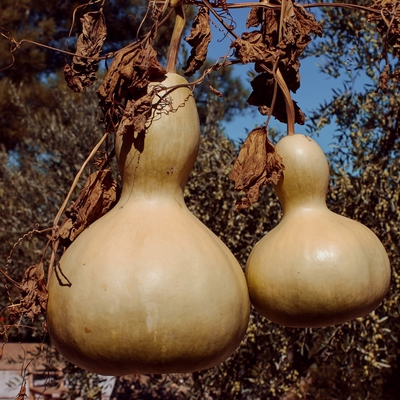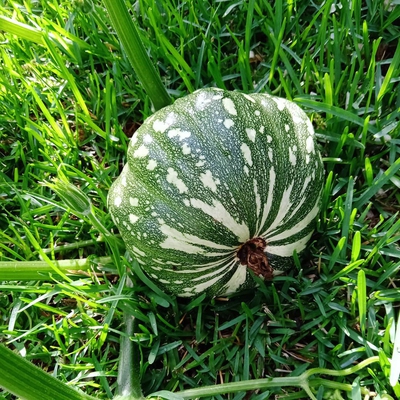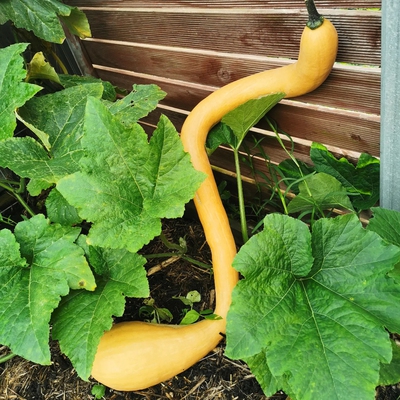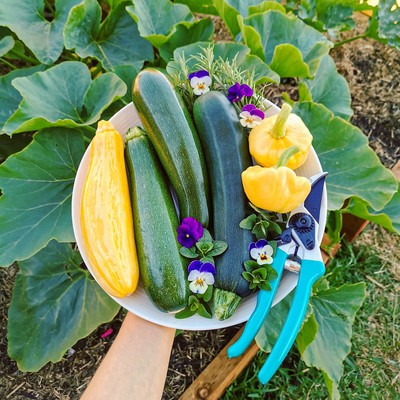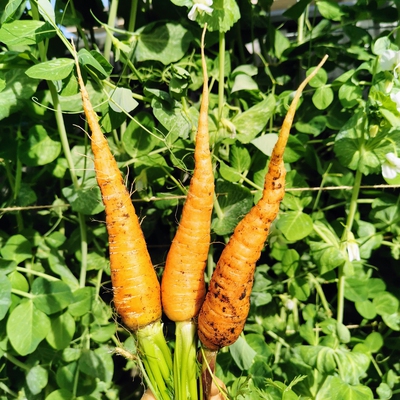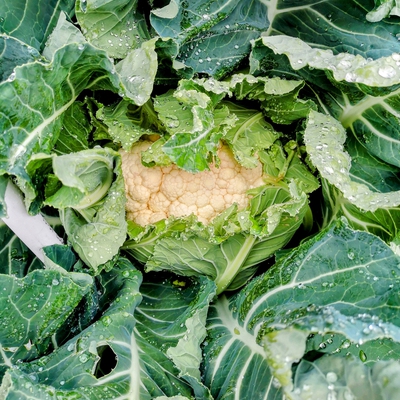Learn how to grow Gourd like a pro with this comprehensive guide, including sun requirements, planting tips, and harvesting advice.
 Soil
Soil
What soil is good for Gourd?
Gourd requires well draining soil with plenty of compost mixed in.
 Position
Position
How much sun does Gourd need?
Plant Gourd in a full sun position.
 Frost Tolerant
Frost Tolerant
Is Gourd frost tolerant?
No, Gourd is not frost tolerant.
 Spacing
Spacing
How much space does Gourd need?
Plant Gourd roughly 40cm apart.
 Planting
Planting
When should I plant Gourd?
Gourds is a warm season crops which are usually planted in spring once the danger of frost has passed. Seeds can be sown once soil temperatures reach at least 15°C (60°C).
If transplanting, plant out in the early morning or evening and/or on an overcast day. Avoid planting at peak sun times or on windy days, this will allow your plants to settle in comfortably and protect them from windburn and sunburn.
 Feeding
Feeding
What do I feed Gourd?
Feed Gourd vines with a regular application of organic fertiliser throughout the season.
 Harvesting
Harvesting
When can I harvest Gourd?
Harvest Gourds as late as possible. Gourd will not cure and store unless they are fully ripe. When harvesting, cut the stem keeping at least an inch of stem attached and move to a dry place to cure.
 Pests
Pests
What pests does Gourd get?
Pests that affect Gourd include: Aphids, Army Worms, Cucumber Beetle, Cutworm, Flea Beetle, Spider Mites, Slugs, Snails, Leafminers, Squash Bug, Squash Vine Borer, Thrips, 28 Spotted Ladybug
 Diseases
Diseases
What diseases does Gourd get?
Diseases that affect Gourd include: Blight, Mosaic Virus, Angular Leaf Spot, Anthracnose, Powdery Mildew, Verticillium Wilt, Bacterial Leaf Spot, Phytophthora Fruit and Crown Rot
 Notes
Notes
Is there anything else I need to know about Gourd?
Gourd grows best on trellises or supports, keeping the fruits off the ground helps to prevent them from rotting on damp soil.
